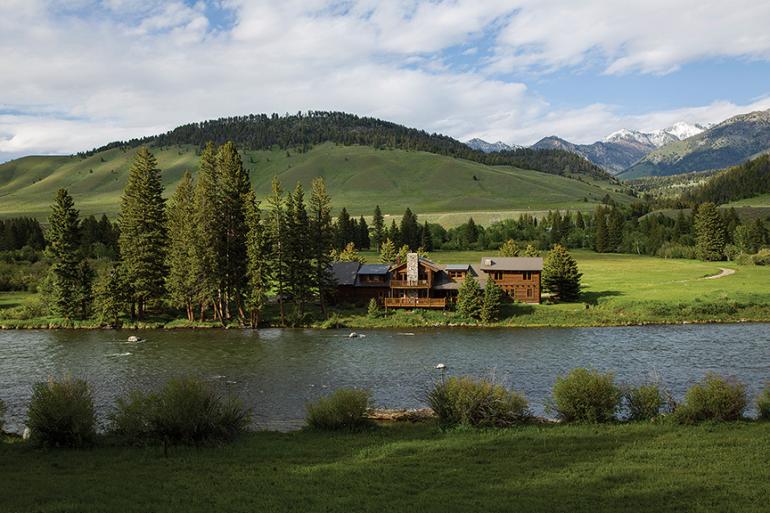Boom for Whom?
The curse of measuring Montana's economy.
The economy throughout southwest Montana is thriving. Gallatin County’s unemployment rate is 2.2%, there’s a new building boom, real-estate development is surging, new mines have been proposed near White Sulphur Springs and Emigrant, and politicians are working to increase coal production and streamline logging in national forests. But while executive directors at chambers of commerce are happy, why are so few ordinary citizens smiling? Could it have something to do with how we measure our economy?
Most business leaders and politicians point to the Gross Domestic Product (GDP) as a successful tool for measuring the economy on a national scale, and similar indices on a local scale. “If the GDP is increasing, our quality of life is increasing,” is often their decree. But they are sadly mistaken. Those indices measure one thing, and that is economic activity for the consumption of tangible goods and services. The GDP couldn’t care less about the outdoor quality-of-life issues that matter most to residents of southwest Montana.
There are indeed tangible outdoor-related goods that are counted. For example, according to recent surveys conducted by the Outdoor Industry Association, outdoor recreation in Montana generates $1.5 billion in wages and salaries, $5.8 billion in consumer spending, $403 million in state and local tax revenue, and supports 64,000 jobs. However, that is only the tip of the iceberg when it comes to measuring the value of our outdoor economy. Unfortunately, most of the values that mean so much to Montanans do not have a price tag and are therefore not counted in any economic index. Floating down an unspoiled river; hiking, biking, snowmobiling, ski-touring, and backpacking in our mountains; enjoying a picnic while gazing at spectacular mountain scenery; family memories around a campfire—great experiences all, but they are practically worthless economically.
If I take my canoe to paddle the Gallatin, Madison, or Yellowstone, I’m nearly invisible on the economic radar screen. However, if developers line those streambanks with trophy homes, the economic indices will record a positive outcome. That’s one of many problems with the GDP and other economic indices—they don’t take into consideration environmental degradation or destruction. Take the Black Butte Copper Mine proposed by Tintina Resources near the headwaters of the Smith River. At present, the Smith River is a world-renowned trout fishery and scenic 59-mile-long float trip through towering limestone canyons. A few years ago, I floated the Smith late in the season. I spent a few bucks on a fishing license and filled up at a gas station in White Sulphur Springs, but that was the extent of my economic contribution. However, that float trip with a dear friend provided four of the happiest days of my life. Our outdoor adventure in that majestic setting was priceless, as the MasterCard commercial states. The wonderful values that we enjoyed on the Smith were all intangible—invisible on any economic index. On the other hand, Tintina Resources is touting many millions of dollars of economic activity that would result from a mine—jobs, construction, roads, new houses, all added to the GDP in impressive fashion.
But suppose this mine ends up causing serious damage and pollution to the Smith that lasts for centuries, which has happened at so many other Montana mines. The GDP would ignore such a tragic outcome. The GDP does not care what we produce, what we consume, or how goods are distributed. If a multi-billionaire from out of state buys up thousands of acres adjacent to public lands that locks out recreational access, and he spends thousands more to overturn Montana’s Stream Access law, all to benefit a single person at the expense of thousands of Montana’s citizens, the GDP tallies it up the same.
Our free-market system and the way we measure economic activity are far from perfect. Unless citizens demand that our political leaders and officials at all levels of government apply foresight and implement common-sense planning regarding how we utilize our land and natural resources to protect those intangible values overlooked by the economic indices, and protect our natural outdoor heritage, the last best place will become just another place.
Orville E. Bach, Jr. is in his 43rd year as a seasonal ranger in Yellowstone. Look for his book, Reflections from Yellowstone and Beyond, this June.













